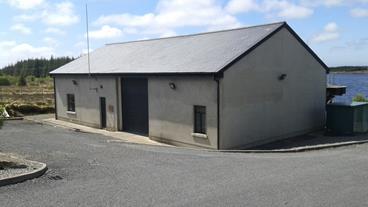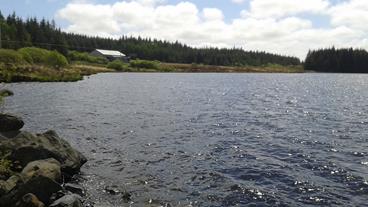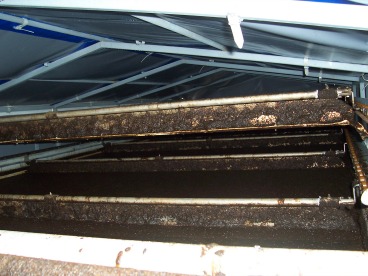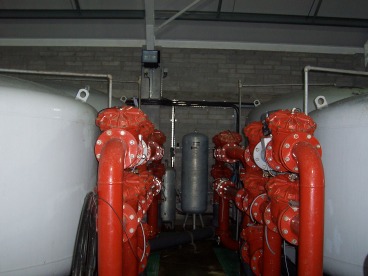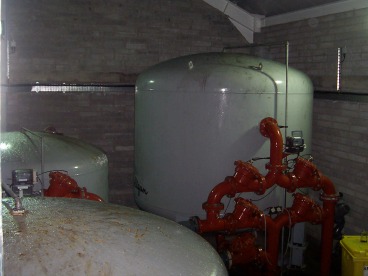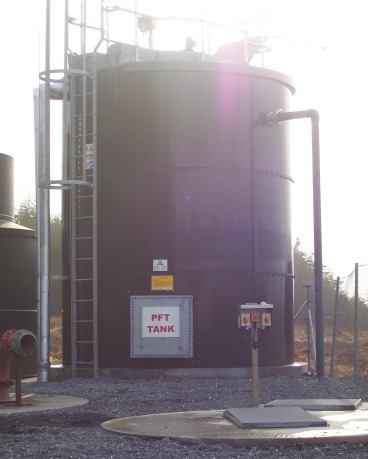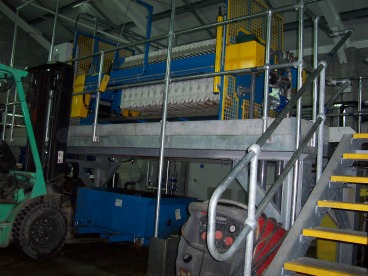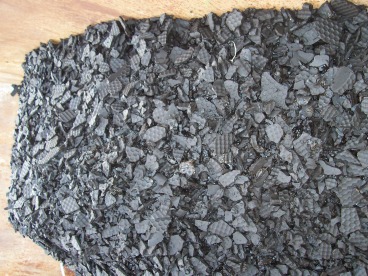water conservation
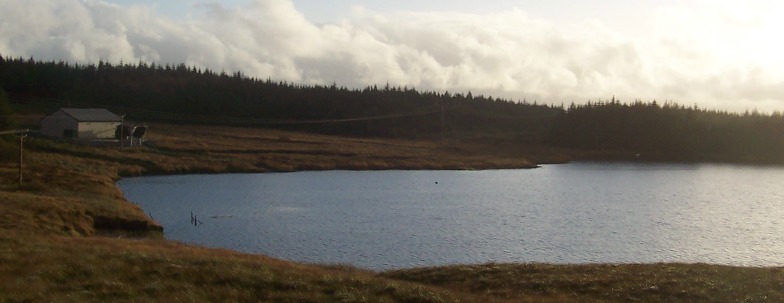
water wastage
Kilmaley Inagh GWS urges customers to conserve water for essential use only and not to run taps continuously. If you run taps continuously you place increased demand on your water supply. When many people do this, it depletes the water reservoir reserves in your area and may result in planned shut offs in supply.
Wastage or excessive water use is an offence and persons found to be doing so are liable to prosecution.
Kilmaley Inagh GWS welcomes any assistance form the public in locating leaks and known water wastage. You can report leakage to 087 2836 118.
Check For Leaks
Leaks are often the reason for unexplained increased consumption. Leaks are most common from water troughs and toilets. They are usually easy and inexpensive to repair.A single leak can waste thousands of gallons of water in a billing period and so it is important to be on the lookout for them.
All water in the scheme is now treated at our plant in Lough na Minna. As a result we are able to deliver clean, high-quality water to every member throughout the scheme. Every litre of water that is treated in the treatment plant must be paid for by the group scheme; therefore every litre of wasted water is wasted money that will hit your pocket come billing time. If you have a leak in your home, farm or business you must repair the problem as a matter of urgency.
Check your meter
Check your meter on a regular basis, perhaps once per month. If your meter is clocking then water is being drawn onto your property from the mains water supply. Check the meter again after 30 minutes; if the meter is still clocking then you need to investigate further. Check all toilets, taps and water troughs for damaged fittings and repair the leak source. If there are no visible signs of a leak, then it is probable that you have a leaking pipe underground. Check for soft ground along your pipe route. If you fail to locate the leak don’t ignore it: call a plumber.
Advice to farmers
Farmers should take particular care to check outhouses and long services into fields and troughs.
Water troughs are often a major source of leaks on farms. Bursts often occur at the connection point into troughs in freezing weather. Regularly inspect all water troughs on your farm and repair any leaks found. Farmers tend not to visit water toughs for months at a time, particularly if no cattle are drinking from the trough. A serious leak in this trough could go unnoticed for months costing you a lot of money. We would recommend fitting a stop valve to all water troughs so the troughs can be turned off when not in use. This could save you hundreds of euros.
When carrying out any measures to avoid pipes freezing, please ensure that they are carried out in a manner that is safe and does not create a hazard for yourself or for the general public.
In the Home
You may be surprised to read that the average daily water consumption per person in Ireland is over 148 litres! We can reduce the amount we use quite simply, by following these straightforward tips. Water is precious. Let’s conserve it.
10 tips to help reduce water consumption in the home
1 Keep a jug of water in the fridge
Instead of letting the tap run for cold water, fill a jug of water and keep it in the fridge.
2 Use a basin to rinse/clean your fruit and vegetables
Instead of letting the tap run, use a basin to rinse/clean your fruit and vegetables. Then use the leftover water to give your pot plants a drink!
3 Use a bucket of water not a hose
A running hose will use about 9 litres of water per minute. The car will get just as clean using a bucket of water and a sponge as it will with using a hose. So will your windows. Use a watering can instead of a hose to water your flowers and vegetables.
4 Lawns don't need to be hosed
The grass will soon revive when it rains again. Use good mulch on your flowerbeds; this will retain water and so reduce the need to use water from the tap. Remember also that you can use your vegetable preparation water and washing-up water on your flower beds. Use a watering can instead of a hose.
5 Fix leaking taps as soon as you hear them
Remember to check that your home is leak free and fix those dripping taps. Phone and report water leakage from burst pipes to your local authority.
6 Use your washing machine and dishwasher only when they are full
A typical washing machine on full cycle uses about 45 litres of water. A dishwasher uses 20 litres. Try to use your appliances onlywhen you have a full load. You will save money and conserve water.
7 Turn off the tap while you are brushing your teeth, shaving or washing your hands
A running tap will dispense up to 6 litres of water a minute. Put water into the sink or a bowl for shaving and washing your hands (and then use the water on the garden).
8 In the shower
Reduce the time you spend in the shower. A power shower will use over 125 litres in less than five minutes (a bath takes 80 litres of water).
9 Know how to turn off your water supply
This could save thousands of litres of water and avoid damage to your home in the event of a pipe burst.
10 Hot drinks
Fill the kettle with enough for your needs, not to the brim. It saves energy too.
Toilet Leak
To check for a leak, remove the top of the tank behind the bowl and put three or four drops of food colouring in the tank water. Don’t flush the toilet for an hour or more if possible. Then check the water in the bowl, if the bowl water has been coloured with the food colouring, you have a leak. This type of leak is usually easy to eliminate by replacing the flapper assembly. If this does not work, consult your hardware store or plumber.
Avoiding frozen pipes
- Open the attic door to allow heat into the attic.
- Ensure that there is a gap in your attic insulation immediately under the storage tank – attic insulation should be laid above and around the storage tank, not under it.
- Leave a light on in the attic close to the storage tank and pipes.
- Leave heating on for longer than normal.
- Place a piece of insulation – e.g. carpet or matting – over your external stopcock.
- If you have an outside tap, insulate it and any exposed pipes with material that does not hold water.
- Farmers and landowners should carry out regular checks on service pipes to water troughs.
- If you own or manage a building that is vacant or has been unused for a period – e.g. a school over the Christmas holidays, or a holiday home – open it up and check for frozen and leaking pipes.
unoccupied properties
Drain down the water supply system to avoid problems with bursts due to pipes freezing and damage to the heating system. If you are unsure how to do this on your internal supply system, ask the advice of a qualified plumber.
Alternatively, arrange that the unoccupied property is heated, if only for part of the day, if the water is still connected. Ensure that this heat can get to the water storage tank in the attic by leaving the attic hatch open.
Check your unoccupied property as regularly as possible during the freezing weather, including garages and outhouse,s and respond quickly to any burst pipes by calling in a qualified plumber.
Locate and check your stopcock to ensure that it is working. Stopcocks also need to be insulated with a material that does not hold water. All insulation material must be maintained in a dry state.
